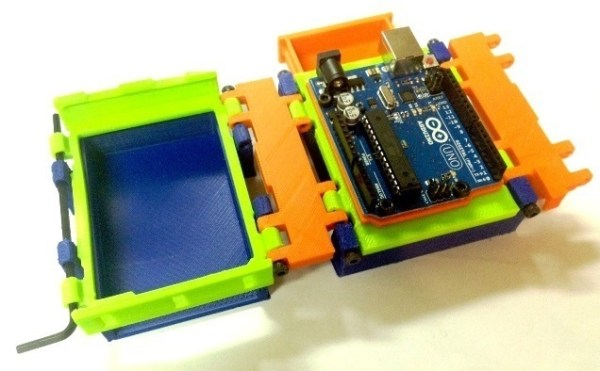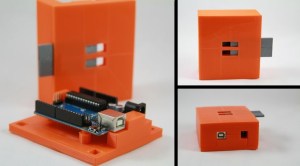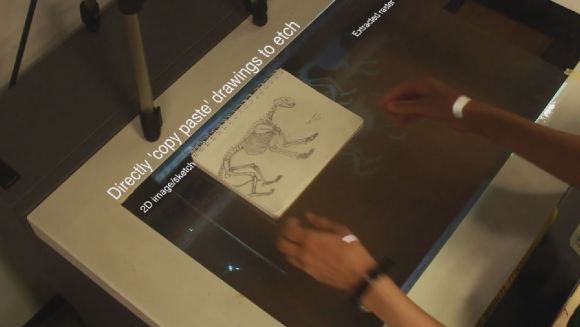
If you are planning your trip to Maker Faire Bay Area — May 17th and 18th — why not hunt down the Hackaday crew? We’ll be packing a ton of swag to give out to anyone who asks for it. But ideally we’d like to show off the best hardware we can find so don’t come empty-handed!
Want your Maker Faire stuff featured on Hackaday? You can Tweet in advance to let us know when you’ll be there and what you’re bringing. You can also track us down during the weekend as we’ll be frequently Tweeting our locations. Here is the contact list and information on some festivities we’re planning:

 [Alica] and [Jerika] are seniors in the Digital Culture program at Arizona State University and for their capstone, the wanted to take something that is traditionally male dominated and make it more female friendly. They chose e-textiles, which are most commonly extremely avant garde and nearly unapproachable with a lot of LEDs and zany mechanisms. Their initial designs reflected this, with multiple LED strips and huge shoulder pads. Then they discovered Flexinol shape memory actuator wire,
[Alica] and [Jerika] are seniors in the Digital Culture program at Arizona State University and for their capstone, the wanted to take something that is traditionally male dominated and make it more female friendly. They chose e-textiles, which are most commonly extremely avant garde and nearly unapproachable with a lot of LEDs and zany mechanisms. Their initial designs reflected this, with multiple LED strips and huge shoulder pads. Then they discovered Flexinol shape memory actuator wire, 














